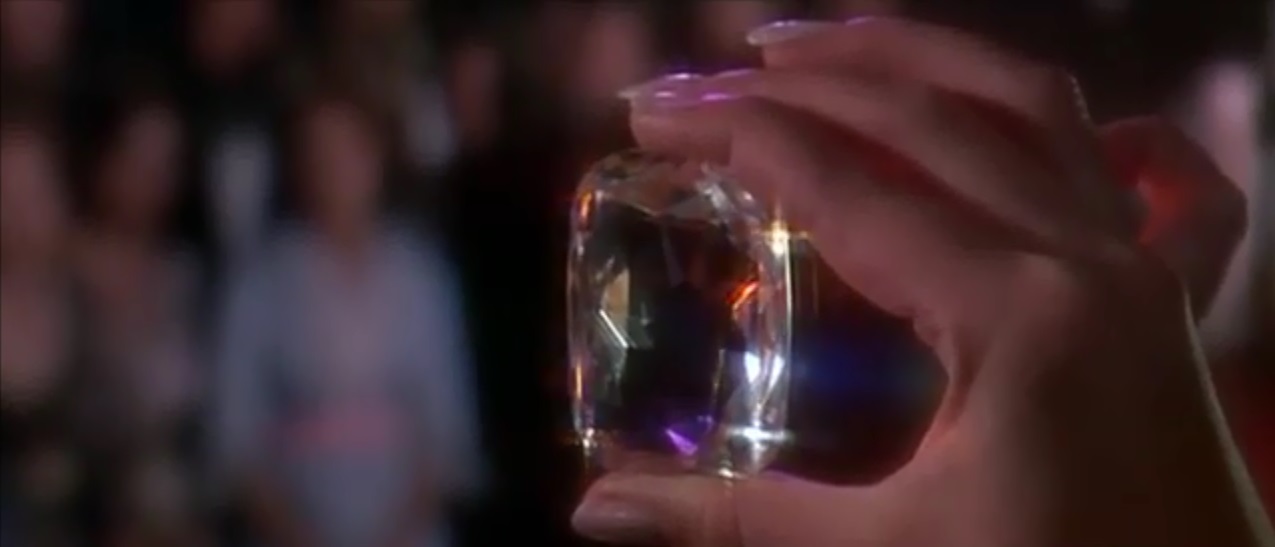Circus of
Horrors
Hayers’
account of the Second Thirty Years War, which lasted from 1914 to 1945 in
Europe, with especial reference to Franju’s Les Yeux sans visage
for the æsthetician who makes over the performers and creates a Temple of
Beauty and plans a Helen of Troy for London.
Typically, Hayers’ critics have completely
disregarded the meaning of the film and contented themselves with remarks on
the superficial features it has to offer, partly by grace of Billy
Smart’s Circus.
Payroll
Newcastle-upon-Tyne,
a very precise location. The robbery is a masterpiece of simplicity, despite
the precautions taken to prevent it altogether.
And one by one the robbers succumb to death, as
though it were Egypt and the pharaoh’s tomb or Mackendrick’s The
Ladykillers.
The mastermind’s run over with his own
oceangoing yacht.
The widow of a guard does what she can to press the
bastards, it was a new firm and meant a better livelihood.
Reviewers like to take a slant on this picture, then
say it doesn’t come off, yet its admirable qualities are always praised.
It is as brutal as this type of robbery can be, but
the surrealist element wins out by showing what it means to make widows and
orphans at your pleasure.
Night of the Eagle
The American
eagle.
An analytical version
of Le Borg’s Weird Woman from the Inner Sanctum,
manufactured by Beaumont, Matheson & Baxt into a Cold War extravaganza on a
coldly skeptical Englishman who cannot bring himself to believe in witchery and
superstition.
A magnificent masterpiece, scarcely understood but
admired as it were in spite of itself by many a critic, which rather tends to
defeat the purpose in a way, does it not?
The Trap
This
is La Belle et la Bête translated onto the Canadian West Coast around
1850. The highly intricate construction is primarily the marvel, as it does the
work required before filming to isolate the characters properly, so that Variety
if it saw nothing else saw the acting.
There
is a good deal of work to do, the raw town has a saloon and shops and nice houses
that have chandeliers for candles with glass globes, the steamboat comes once a
year bringing mail and wives sprung from jail on the American East Coast at
great expense.
The
girl is not one of these but a Montana foundling struck mute by a Blackfoot massacre.
Jean la Bete, whose mastery of hunting and trapping is unequaled, gives all his
gold for her, and without knowing it saves the family fortunes.
He
laughs at rapids, in his canoe. His bête noire is “old Adam
bear” (cf. Renoir’s The Southerner). Her name is Eve,
he calls her Little Rabbit.
The Southern Star

“...
all 550 carats of it, and here it is, the surprise of the party, the biggest diamond
in the world!”
“French
West Africa 1912”. Fritz Lang borrowed the Kane
initial for his newspaper magnate in While
the City Sleeps, Welles takes it up again with a private security force and
a game of draughts from The Stranger,
“please make a move, I’m thirsty.”
“I
don’t know this game.”
“Your
ignorance, my dear Andre, is my bliss.” Hendry
and Andrews, from Lumet’s The Hill.
There
is a pretty daughter, she has a fiancé, a villain is about blowing up train
tracks, which makes for a ruse. Home Olga, as Beckett
says.

Pursall
& Seddon screenplay from Jules Verne, Technicolor
and Techniscope cinematography Raoul Coutard, score
George Garvarentz. National
Ballet of Senegal (parodying the entertainers in Citizen Kane), where it was filmed.
A.H.
Weiler of the New
York Times, “isn’t funny enough”. Catholic
News Service Media Review Office, “lots of clichéd action done in
tongue-in-cheek fashion.” Halliwell’s Film Guide, “quite a likeable adventure”.

Terror from Under the Floor
A
child-murderer sought and punished, Hayers’ Revenge under another
title (also Inn of the Frightened People).
A
substantial reworking of Hayers’ great work on the Germans, Circus of
Horrors.
The
film is very analytical and stoutly suburban, this has proven a great obstacle
to reviewers, but they don’t seem to catch on generally with
Hayers’ œuvre, again and again the point is missed and the
work dismissed on transparently false grounds.
Thus,
despite the ramifications for an understanding of Lang’s or Losey’s
M, Bergman’s Virgin Spring, Seaton’s The Hook,
Peckinpah’s Straw Dogs and Lumet’s The Offence, Tom
Milne of Time Out Film Guide records “a barnstorming
melodrama” with “a truly atrocious script”.
Assault
An
amusing masterpiece, drolly considering older village schoolgirls as prey.
The
camera takes a subjective interest, or ponders an administrator’s erotic
appreciation in the library, objectively.
Power
lines on a high metal tower zap the zapper as he makes his escape, he dies
suspended in flames, the Irwin Allen touch, one of a
number of suspects two years before Lumet’s The Offence took a
slightly different tack in another locale.
King Arthur the Young Warlord
The
sword and the stone, a sage alliance of the tribes.
Plots
and counterplots deviously or forthrightly gainsaid, beginnings of a wider
peace among the factions of Britain after the Romans.
Substantially
directed by Hayers, with contributions by Peter Sasdy, Pat Jackson, and Patrick
Dromgoole, from Arthur of the Britons.
Three Minus Two
Magnum, P.I.
A
work of genius by Robert Van Scoyk. A wants to sell
the company, kills B and plans to kill C, partners. B’s widow kills A and
tries to kill C, as lovers in cahoots.
A
“Nobel-prizewinning poet” is to take over Magnum’s quarters
while writing “a verse trilogy on the Hundred Years War”.
T.C.
is “Mr. Alex”, a fashion photographer. He shoots the retail end of
the business, amusingly realized by Hayers, and a portrait of Rick as “l’homme
armé”.